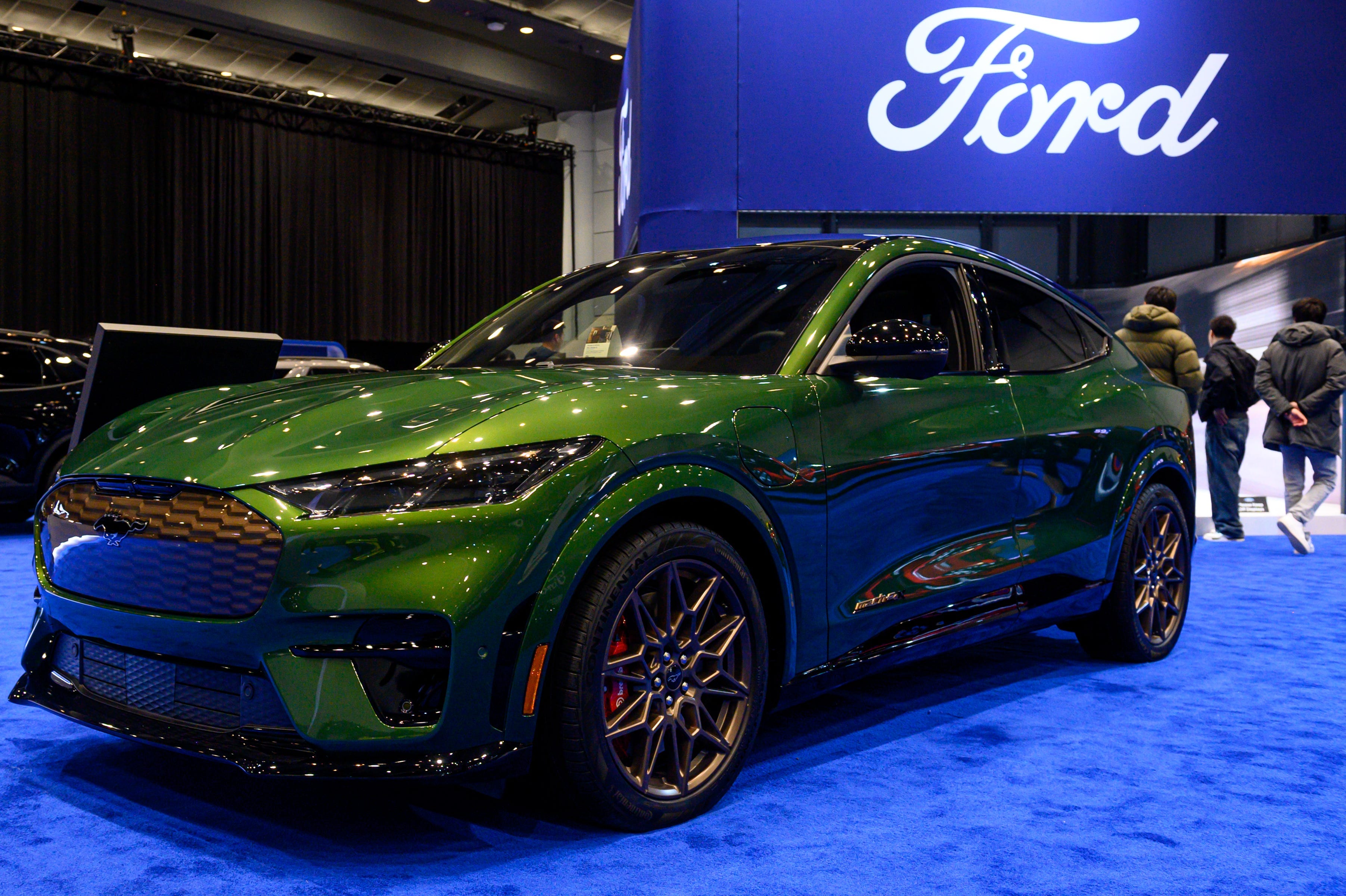
Anatoliy Cherkasov/Informa Plus Photo Agency/LightRocket via Getty Images
- Ford is reinventing its manufacturing processes for the age of electric vehicles.
- CEO Jim Farley credits a management practice called Gemba with helping him make better decisions.
- The process of inspecting production in person is a core philosophy of Ford’s Japanese rival, Toyota.
More than a century after its founding, Ford is trying to reinvent itself for the age of electric vehicles.
As part of this process, CEO Jim Farley says he’s taken a page from Japanese rival Toyota to help him make decisions. “Every big decision I ever make, I go in person,” Farley told the “Decoder” podcast in an interview published this week.
The hands-on management practice is called “gemba,” which Farley said he “fell in love with at Toyota,” where he started his automotive career. Gemba stems from the Japanese phrase “genchi genbutsu,” meaning “go and see with your own eyes,” Farley said. The concept refers roughly to the real place where real work is done on real things, as opposed to a plan or model of production.
“Before you make a big decision,” Farley said, “you have to go and see the real problem — where the waste is.”
While the Detroit automaker is a market leader in producing cars and trucks with traditional internal combustion engines and powertrains, competitors like Tesla in the US and BYD in China have developed radically different approaches to manufacturing electric vehicles.
Their rapid progress is pushing Farley to examine every aspect of production with the goal of wringing out as much cost as possible — and it’s hard to see from the C-suite where cuts can be safely made.
“You look at it. You talk to the people, the engineers. ‘Why do we have this waste? Why do we use a 25-year-old parts release system?'” Farley said. “You ask them the basic questions, so you can visualize your decision.”
In Japan, Toyota managers would routinely go on gemba walks through production facilities to observe how the work was being done and find ways to improve it, the company has said. (“Kaizen” is another Toyota principle, meaning continuous improvement.)
One example of something that needed significant improvement, Farley said, was a complex EV component known as a wiring loom for the Mustang Mach-E, an SUV.
“It’s a beautiful wiring loom, but it’s 70 pounds heavier than the Model Y wiring loom, and it’s $200 a battery to carry that wiring loom around, that 70 pounds,” he said, referring to Tesla’s competing Model Y.
Farley also found another area for improvement when comparing the two vehicles that most car buyers would never notice. The Model Y had a third of the fasteners that go into a Mach-E.
“From a manufacturability standpoint and a cost standpoint, you know, fasteners are kind of like it’s an output metric for how elegant the simplicity of your engineering solution is,” Farley said.
Farley said seeing the design differences in real life — and how they affected the production and cost of his cars — motivated him to make the tough decision to change some long-standing processes at the company, though it risked upsetting people who had a vested interest in those pieces of the puzzle.
“I can’t put the company’s future at risk by making people happy. I have to do the right thing,” he said.
Read the original article on Business Insider
The post Ford’s CEO says a Japanese management practice he picked up from rival Toyota helps him make better decisions appeared first on Business Insider.



